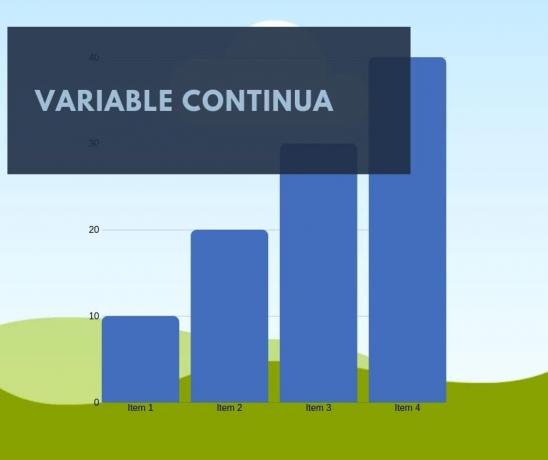The sampling can be called as a scientific research instrument, whose main objective is to select a certain part of the population to be examined, in order to obtain information that can be used to evaluate the characteristics of the entire population.
This analysis that is carried out on this portion of the population that has been chosen, should highlight the most important features of said population that are fundamental for the investigation.
Advertisements
For this sample to be suitable and therefore beneficial, it must reflect the similarities and differences found in the population, this means that the characteristics of is.

Advertisements
In this article you will find:
Probabilistic Sampling
Probability sampling methods are those that are based on the principle of equiprobability. This means, those in which all individuals or elements have the same possibility of being chosen for be part of a sample and therefore all possible samples of equal size have the same chance of being chosen.
Only probabilistic sampling methods can protect the representativeness of the sample taken, therefore, they are the most recommended methods.
Advertisements
Probabilistic Sampling Types
There are four types of probabilistic samples that are the most used, these are:
- Simple random sample: It is that sample in which an individual or another component has the same opportunity to be selected. Likewise, each sample of the same size has the same probability of being chosen as another sample of the same size. The simple random sample is the most fundamental technique and represents the basis for other techniques. In the simple random sample, you use n to characterize the size of a sample and N to represent the size of the population.
- Systematic sample: In a systematic sample a formula is used, where they are divided, N representing individuals or elements of the population, in k groups, dividing in turn, the size of the population N between the desired systematic sample n, this is represented like this: where k should be rounded to the nearest whole number.
Although, the application of this formula is quite simple, generally, simple random samples do not have the same efficiency as other probabilistic methods that are better developed. This means that any sample obtained through simple random sampling, or sampling systematic, the data that represent the main characteristics of the population.
Advertisements
- Stratified sample: In this type of sampling, one begins by dividing the N individuals or elements of the population into separate subsectors or by strata, taking into account the common characteristics. A random sample is made in each of the sectors and then the result of the random samples is combined with the separate samples. This type of sampling is more efficient than systematic random sampling, because it does guarantee the representation of individuals. of the general population, this means that it reaffirms a better precision in the evaluation of the essential parameters of the population.
- Cluster sample: In this type of sample, you must divide, the N individuals or elements of a population in groups or conglomerates, in such a way that each group is a representation of the population as a whole.
The groups are then randomly sampled and all individuals or elements within each chosen group are examined. This sampling method turns out to be more convenient (referring to cost) than random samples. simple, even more so if the assigned population is isolated in a dense region in the geography of said country.
Non-Probabilistic Sampling
On many occasions to carry out experimental studies, probability sampling is quite expensive, so non-probability methods are used. Although it is well known that they do not work to make generalizations (inferential evaluations about the population), because they do not have confidence of that the sample taken is representative, since not all individuals or elements of the population have the same probability of being selected.
Advertisements
In general, individuals are chosen following certain reasons, trying in all possible instances to make the sample representative.
Non-Probabilistic Sampling Types
- Quota sampling: It is usually established on the basis of a good discernment of the strata or sectors of the population or the individuals or elements most representative or suitable for the objectives of the investigation.
Therefore, it retains similarities with the stratified random sample, but does not possess the faculty of randomness of that sample. In this type of sample, quotas are assigned that reside in a certain number of individuals who meet specific conditions.
For example: 30 individuals from 25 to 50 years old, male inhabitants of El Rosario. Once the quota is set, the first ones that are found and that meet those characteristics are selected. This methodology is widely used in opinion polls and polls.
- Intentional or convenience sampling: This sampling is distinguished by a deliberate effort to acquire meaningful samples by including presumptively typical groupings in the samples.
It is used very frequently in polls and pre-election polls in places where the voters have had a high participation with their vote. Likewise, it may be the case that a researcher deliberately chooses specific individuals from the population.
The cases where these types of procedures are presented more frequently is where it is easy to approach to individuals as an example, university professors employ it with their students.
- Snowball: Some individuals or elements are located, which lead to others, and these in turn to others, and so on until a suitable sample is achieved. This method is frequently used when conducting studies in marginalized areas, criminals, sects, patients of all kinds, etc. Prudential in the opinion of the investigator, the elements are compiled on what he considers that they can throw something to the investigation.
Did you like reading? Leave us your comment and share with your friends.


